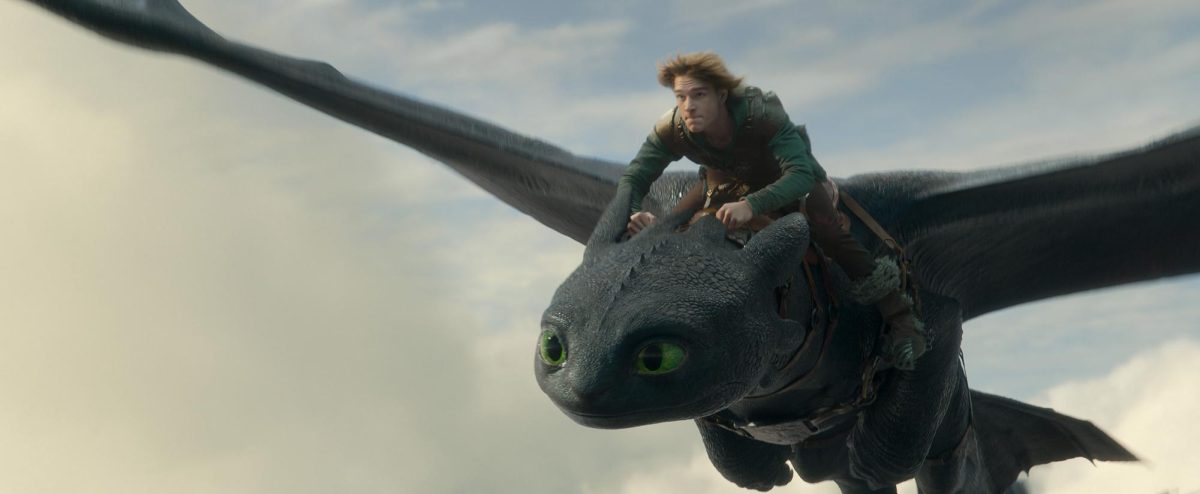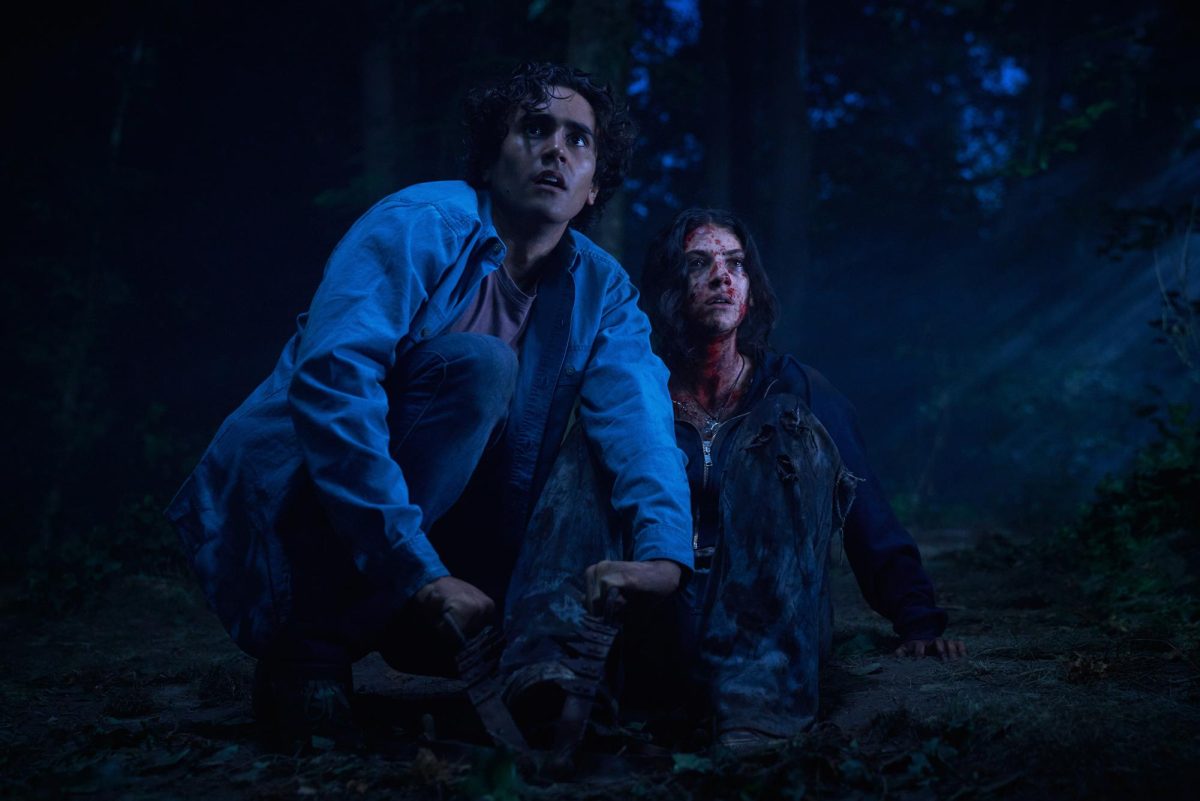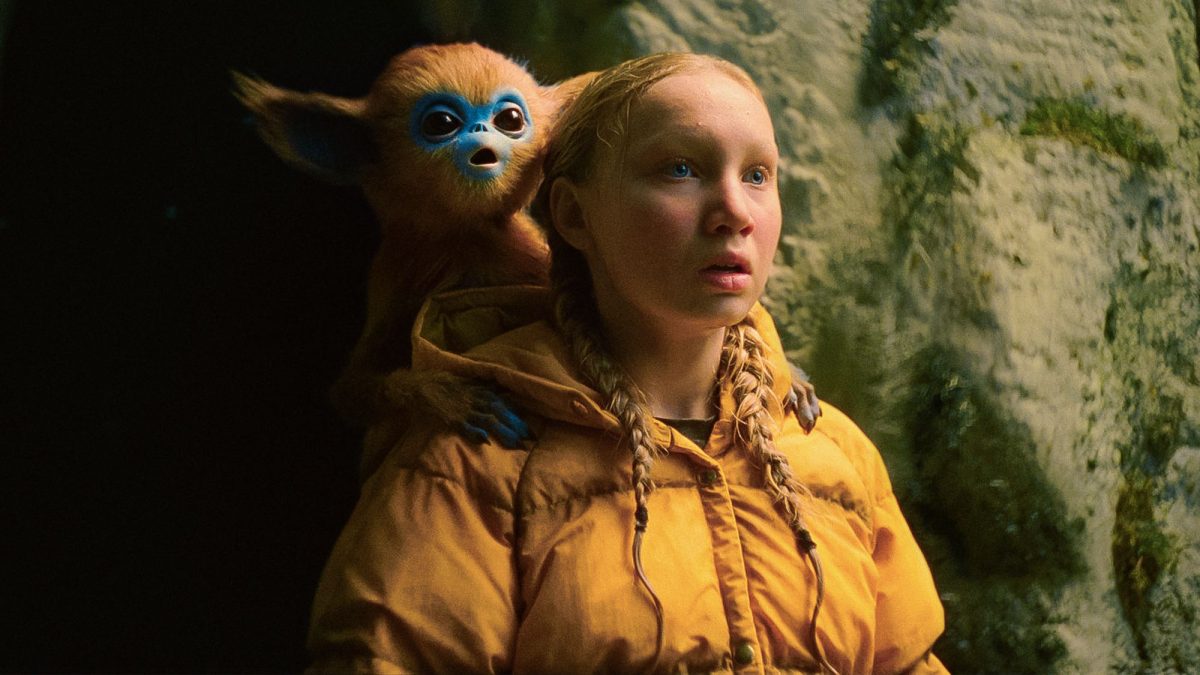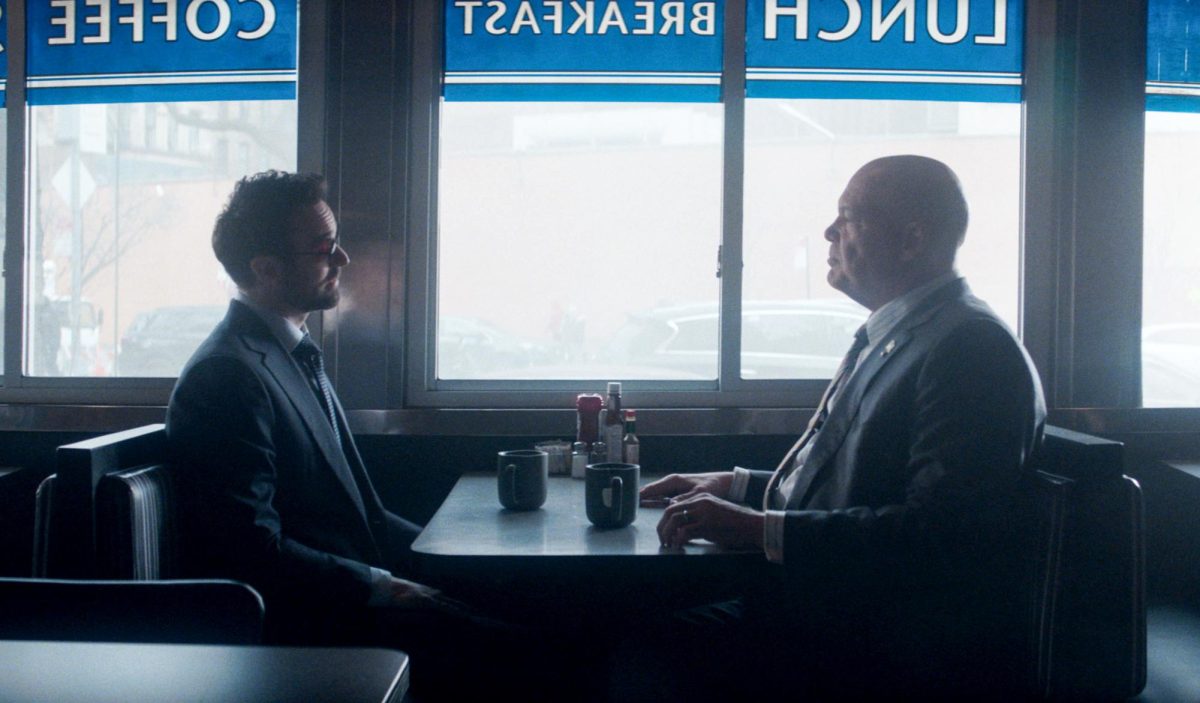Vibrant images of a snake, an apple being picked from a tree and a man killing another with a rock flash quickly across the screen, intercepted by Bible verses written in flowing script. These pictures depict the failure of men in the eyes of their Creator, who looked down on the earth and decided humans were no longer worthy of inhabiting it. No one is safe from the flood God has sent to cleanse the planet in this innovative version of an ancient apocalyptic tale.
In his newest blockbuster, “Noah,” director Darren Aronofsky puts a darker yet more realistic spin on the biblical classic “Noah’s Ark.” In this interpretation, Noah (Russell Crowe) is portrayed as a man extremely dedicated to his Creator but conflicted with having to heed God’s call and leave people behind to die in the flood. As the movie progresses, Noah slowly goes crazy because of the decisions he has to make and the people he has to sacrifice for God’s mission.
The heavy dose of darkness and the skepticism shown by the various members of Noah’s family make the ancient tale more realistic and accessible. In contrast to the shorter segment of Noah’s Ark in the Hebrew Bible, Aronofsky uses the film’s two-hour duration to expand on Noah’s trauma and stress, allowing adequate time to flesh out the conflict he feels over betraying humanity, which ultimately evokes sympathy from the audience.
“Noah” possesses a spectacular cast, including Crowe and Jennifer Connelly, who plays Noah’s wife Naameh, as well as Emma Watson, Logan Lerman and Anthony Hopkins, all of whom excel in their roles. Connelly and Watson in particular have spectacular performances. Connelly’s character Naameh struggles throughout the film between fulfilling her Creator’s plan and believing in the goodness of humanity. Watson portrays Ila, a girl who has to come to terms with her being infertile on a ship sheltering the creatures meant to repopulate the world after the apocalyptic storm. Both women present heart-wrenching and beautiful performances and exude their roles’ pained emotions with believability.
The film also proves to be a powerful sensory experience, rarely providing the audience a dull moment, as its visual effects propel the story forward. The animated animals in the ark, along with the Watchers — stone-like creatures Noah encounters while traveling to find his grandfather — are incredibly detailed. The audience is able see every crack and indent in the Watchers’ rocklike skin and the individual scales on the snakes as they slither past to board the ark, heightening the tale’s realism.
The orchestral, drum-heavy score by Clint Mansell, especially during the flood scene, is so powerful and booming that the audience may feel their seats shake. This makes the viewing experience more substantial because while the audience is watching water burst from the earth, the thundering drums may allow them to better understand the sense of urgency and dread the characters are experiencing.
With a stellar cast, exciting plot and phenomenal special effects, “Noah” is a different take on a time-honored tale that exceeds all expectations. Aronofsky is smart to not just tell the story of Noah but to also use the film to help audiences consider the implications of being the last people on Earth during a global cleanse of humanity.
















